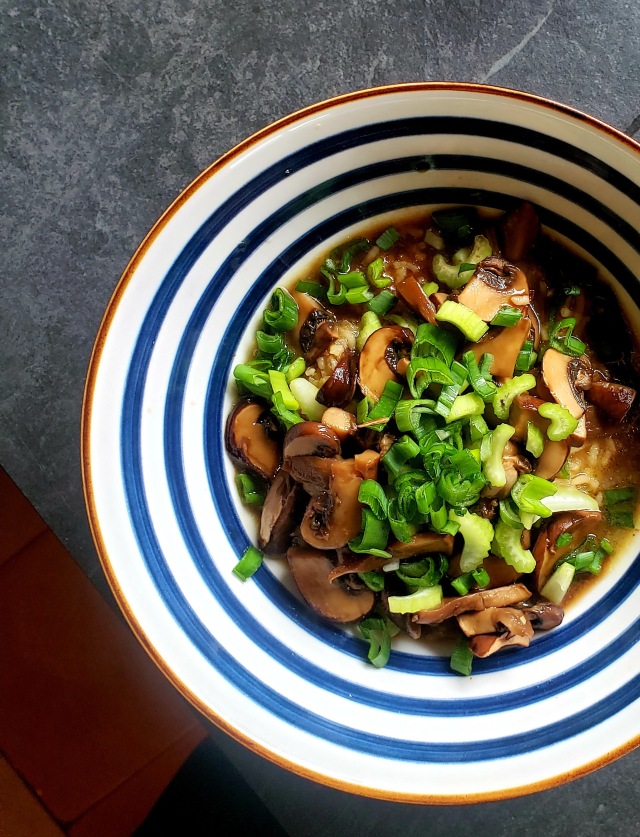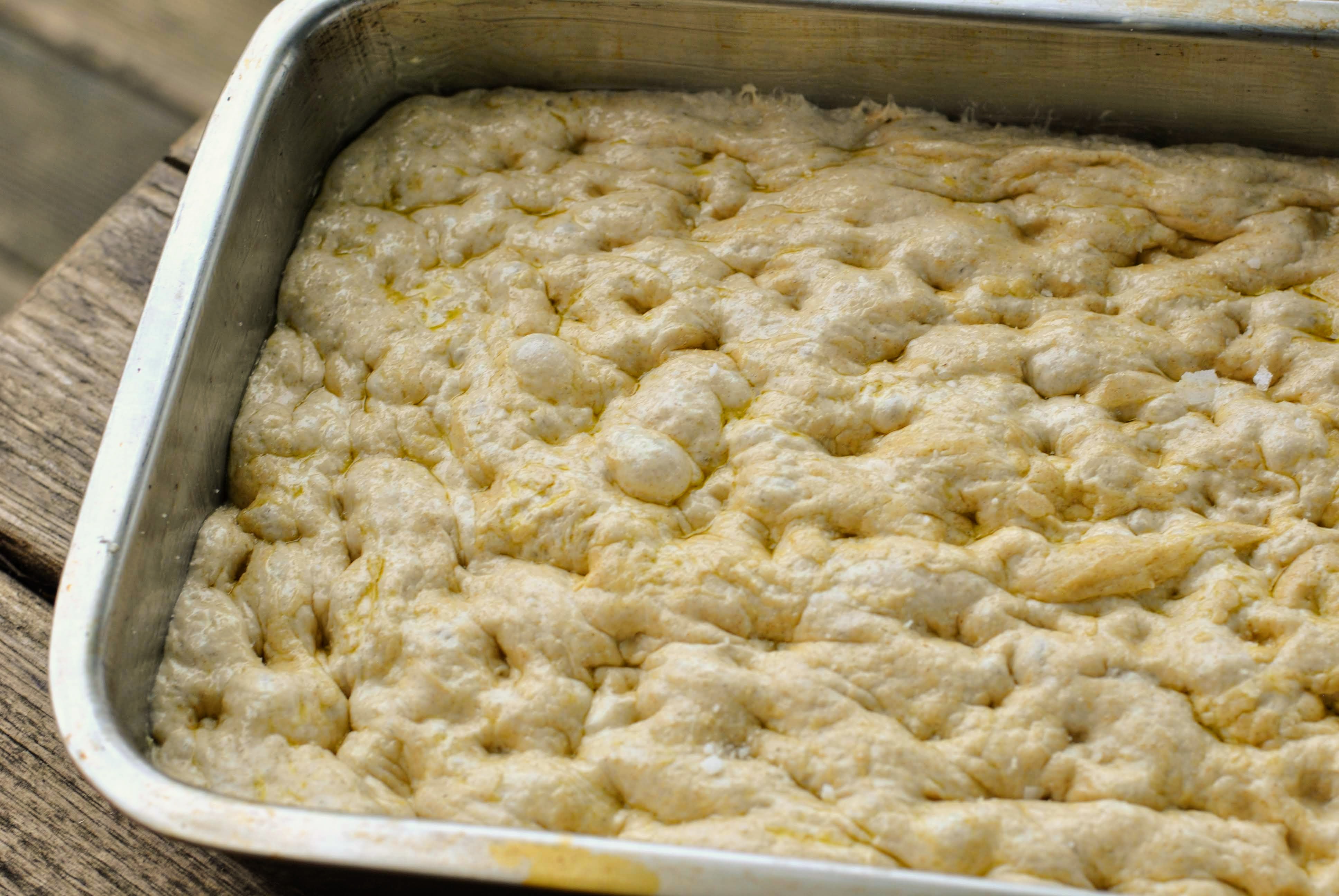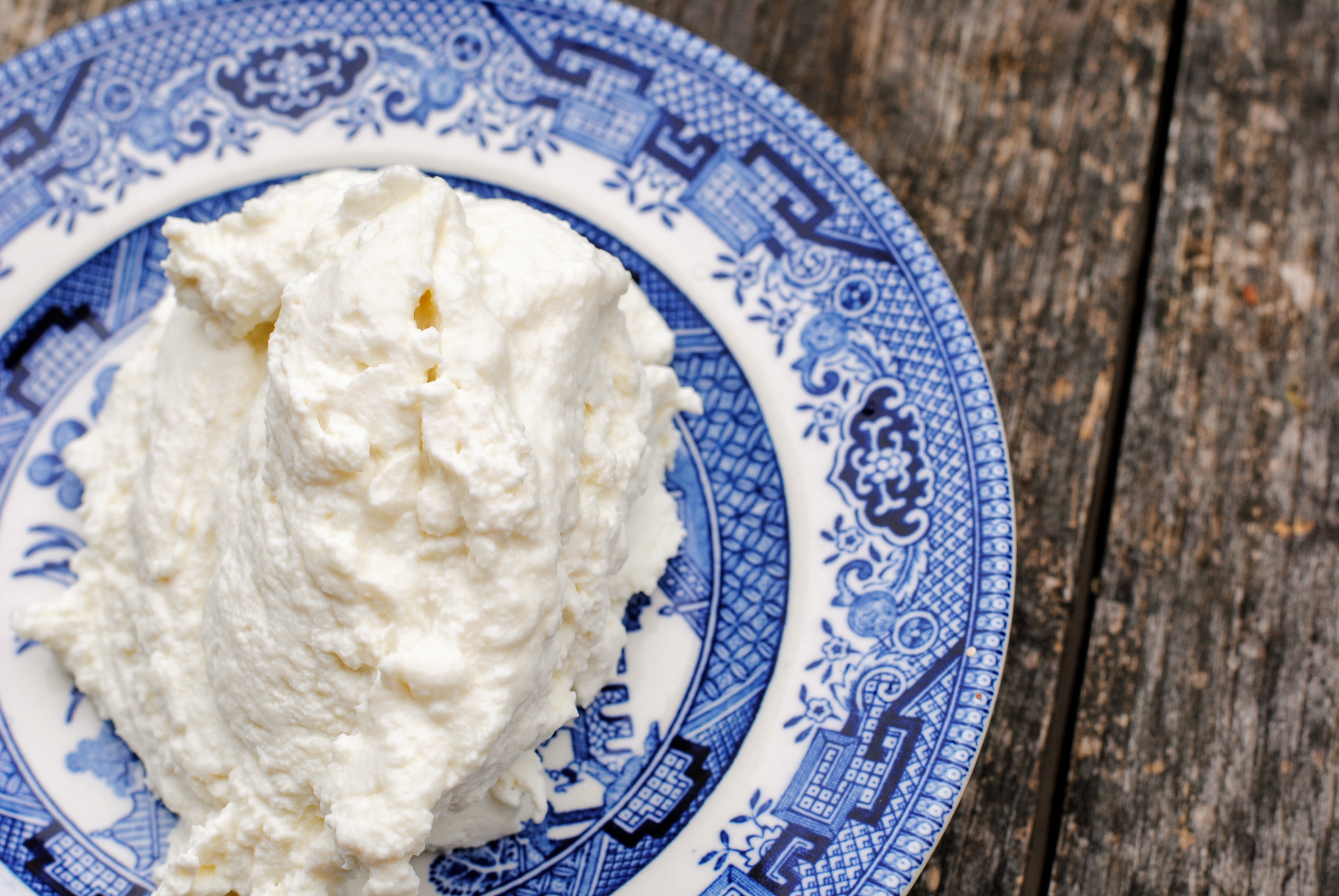
Growing up in Canada, pasta recipes varied from Italian classics or free-style vegetable heavy recipes to good old Macaroni and cheese (homemade or that classic boxed one with the bright orange powder). So who was I to judge the French and their pasta making? I would often hear of “les pâtes au beurre” or maybe a bit of ham, but nothing resembling a beautiful Pasta Primavera filled with crisp spring vegetables and big on flavour or a slow cooked ragu… I am talking about the year 2000 and things have definitely evolved ! !
Well the French have gone and impressed me again with a simple recipe, ready in no time at all and absolutely full of flavour. Dare I say that it could be called a “French” macaroni and cheese? This recipe is made in a trusty pressure cooker and since its a one-pot pasta recipe, the starchy cooking water stays put and creates a silky sauce with the other ingredients. Using only 6 ingredients if you don’t count water, salt & pepper. DON’T leave out the onion, it adds a beautiful flavour.
I discovered this recipe on my favourite French radio show / podcast “On va déguster” on France Inter. The invited chef Frédéric Vardon, chef at 39V in Paris made this dish on a recent episode. I’ve adapted the quantities to serve as a main course for the large appetites of my family 😉 A nice starter of crunchy green veg in a mustardy vinaigrette such as THIS ONE by Amanda Haas would be great to make this a complete meal.
Coquillettes with ham, butter and comté cheese
- 300 g Coquillettes (little elbow macaroni or other small pasta shape)
- 150 g Thickly sliced cooked ham
- 450 g Chicken stock or water
- 90 g Aged (18 months) Comté (substitue gruyère or cheese of your choice)
- 75 g Butter
- 75 g White or yellow onion
- Salt & freshly ground black pepper
Finely chop the onion, cut the ham into small / medium cubes and grate the cheese (not too finely). In your pressure cooker, melt the butter over a medium heat and sweat the onions being careful not to brown them. Lightly season with salt and pepper.
Add the ham, stirring to coat in the butter to heat through without drying out, then add the pasta and stir for 1 or 2 minutes as you would a risotto.
Add the stock or water, cover, close the pressure cooker and increase to high heat. When it reaches pressure move to a low heat and cook for 2 minutes.
Manually release the steam by running cold water over the lid before opening.
Add the grated cheese and stir to create a creamy sauce.
Add salt if needed and another grind of black pepper. Serve immediately !
NOTE: I am used to a stove top pressure cooker. Adapt if necessary for an electric one or an Instant Pot
Bon Appétit !


















